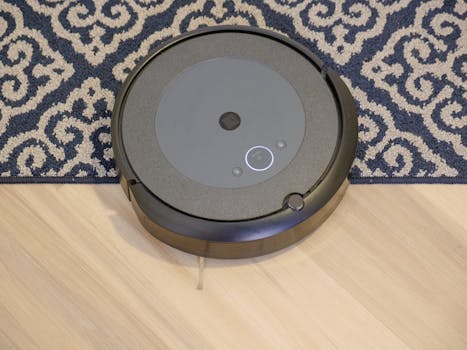
Smart Homes and Smart Living: The Technological Transformation of European Homes by 2025
Smart Homes and Smart Living are revolutionizing the way we live in European homes. The technological transformation of homes is underway, and by 2025, we can expect to see significant changes in the way we interact with our living spaces. In this article, we will explore the latest trends and innovations in home automation and how they are transforming the concept of smart living.
Introduction to Smart Homes
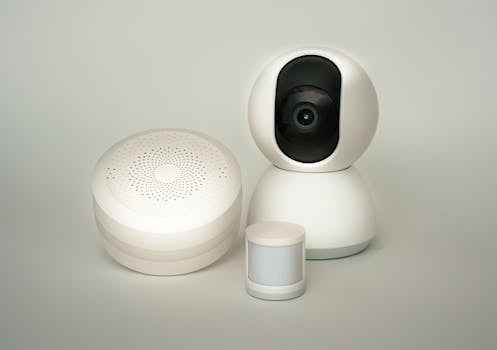
A smart home is a residence that has been equipped with advanced technology to provide a more comfortable, convenient, and secure living environment. Smart homes use a combination of sensors, cameras, and automated systems to control and monitor various aspects of the home, such as lighting, temperature, security, and entertainment. The goal of smart homes is to create a seamless and intuitive living experience that enhances the quality of life for occupants.
The Technological Transformation of European Homes
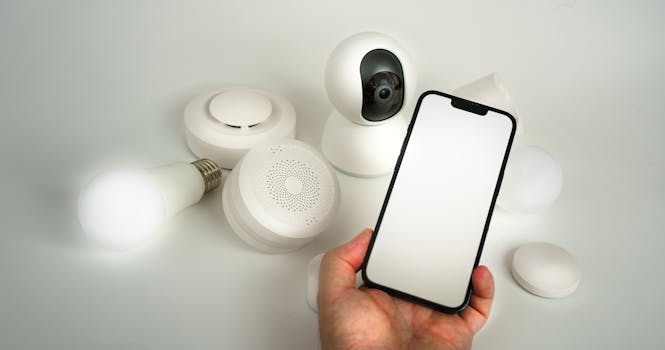
By 2025, European homes are expected to undergo a significant technological transformation. According to a report by the European Commission, the smart home market in Europe is projected to grow from €15.6 billion in 2020 to €35.8 billion by 2025. This growth will be driven by the increasing demand for energy efficiency, comfort, and convenience in homes. Some of the key technologies that will drive this transformation include:
- Artificial Intelligence (AI) and Machine Learning (ML)
- Internet of Things (IoT)
- 5G Networks
- Smart Speakers and Voice Assistants
Benefits of Smart Homes
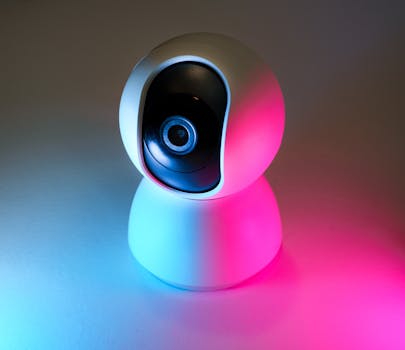
The benefits of smart homes are numerous and far-reaching. Some of the most significant advantages of smart homes include:
- Energy Efficiency: Smart homes can optimize energy consumption by automatically adjusting lighting, temperature, and appliances to reduce waste and save energy.
- Convenience: Smart homes provide occupants with a seamless and intuitive living experience, allowing them to control various aspects of their home with ease.
- Security: Smart homes can enhance security by providing real-time monitoring and alerts in case of suspicious activity or potential threats.
- Comfort: Smart homes can optimize comfort by adjusting lighting, temperature, and entertainment systems to create a cozy and relaxing atmosphere.
Challenges and Limitations of Smart Homes
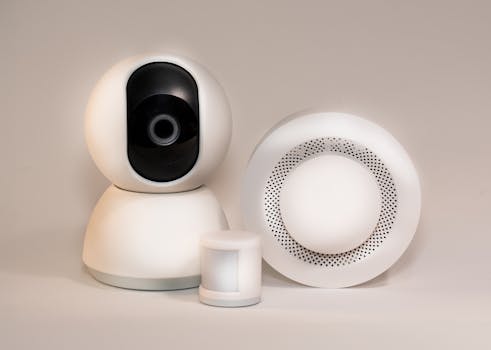
While smart homes offer numerous benefits, there are also several challenges and limitations that need to be addressed. Some of the most significant challenges include:
- Cost: Smart homes can be expensive to set up and maintain, making them inaccessible to many people.
- Complexity: Smart homes require a high degree of technical expertise to set up and maintain, which can be a barrier for many users.
- Security Risks: Smart homes are vulnerable to cyber threats and data breaches, which can compromise the security and privacy of occupants.
- Interoperability: Smart homes often require multiple devices and systems to work together seamlessly, which can be a challenge due to compatibility issues.
Conclusion
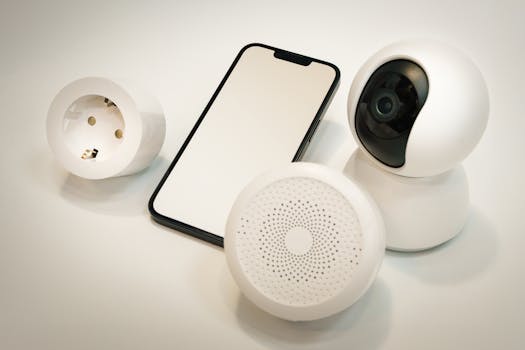
In conclusion, smart homes and smart living are revolutionizing the way we live in European homes. By 2025, we can expect to see significant changes in the way we interact with our living spaces, driven by advances in AI, IoT, 5G networks, and smart speakers. While there are challenges and limitations to be addressed, the benefits of smart homes are numerous and far-reaching, and it is likely that they will become the norm in European homes in the near future.






